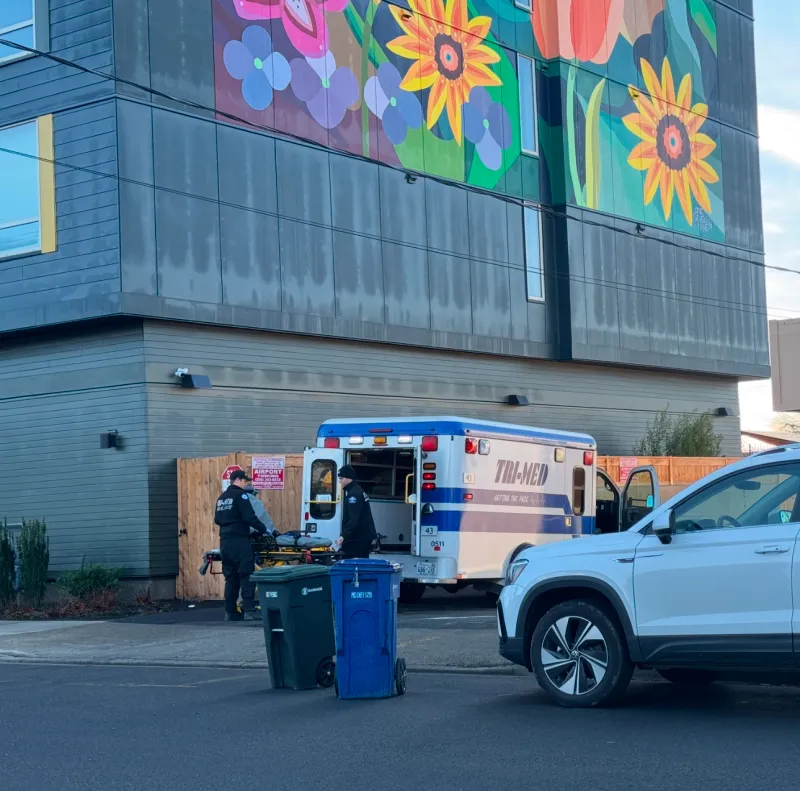
Editorial published with permissions by John White -long-time Burien resident
Chapter 1- DESC:The Lie
This series about Burien’s Downtown Emergency Center (DESC) was written out of frustration, observation, and hope. Burien, like many cities across America, has been asked to shoulder the burden of solving homelessness through the DESC model — a model that promises stability, but often delivers something far different. I have walked the streets, talked with neighbors, observed the sidewalks, and listened to the stories that come from inside. What you find is not just a building, but a system. A system where government money flows freely, where rules are bent or ignored, and where the very people who are supposed to be helped are too often trapped in cycles that don’t end.
The DESC presents itself as a solution — housing first, services provided, a chance to rebuild lives. On paper, it looks like progress. In reality, it is something else entirely: a warehouse for human beings, sustained by government vouchers, indifferent to outcomes, and too often blind to the harm it causes its own residents and the surrounding community.
This is not meant to be a work of fiction. It is a collection of truths and observations, gathered together into chapters that reveal what life inside DESC really looks like — not from a press release or a PowerPoint, but from the people who live next door, the ones who walk by, and even those who once lived inside. If this series seems raw at times, it’s because the reality is raw. If it seems angry, it’s because anger is the only honest response to a system that pretends to heal but profits when people stay broken. What follows are the stories, the struggles, and the lessons that Burien — and any city considering DESC — deserves to hear.
When DESC first arrived, it came with promises. City leaders spoke about compassion, stability, and the need for permanent supportive housing. They said this would be different from the tent encampments on sidewalks and parks. This would be safe. Structured. A place where people could finally get the help they needed.
On paper, it was persuasive. The words “housing first” have a certain ring — a philosophy that if you stabilize someone with shelter, the rest of life can be rebuilt step by step. And no one disputes the importance of shelter. Everyone deserves a roof over their head.
But the reality that unfolded in Burien told a different story. The facility did not become a stepping stone out of homelessness. It became a holding cell. The help that was promised was shallow, inconsistent, and often absent. Rules were unclear or unenforced. Drug use was tolerated. Police calls multiplied. Neighbors, who had once supported the idea, began to realize they had been sold a vision without being told about the costs.
For those inside, it was worse. Many who entered wanted a chance at a new beginning. Instead, they found themselves in an environment where success was rare and relapse was common. The “services” were too thin to matter, but the pressure to stay was immense — not because it was helping them, but because the system thrives as long as rooms are filled.
In the end, the promise of DESC clashed with the reality of DESC. And the reality was one of stagnation, frustration, and despair — for residents and for the community around them.
Check back in tomorrow for the next installment of Chapter 2: DESC: The Stagnant Holding Cell